The Retro Aesthetics of Teletext Art
Invented in England in the 1970s, teletext consists of colorful pages of simply formatted, blocky text broadcast on televisions, navigated via one's remote control.
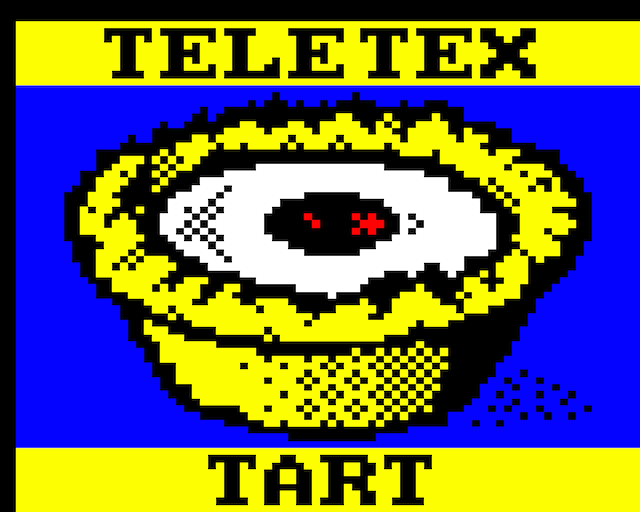
I recall in the mid-’90s the television providing some of the same information so quickly found on the internet today — from the news to the weather to stock market prices to airport times, the bulky box in my grandmother’s apartment in Singapore relayed to us scores of information through a service known as teletext, which ceased to exist in the country as of last September.
Invented in England in the 1970s, teletext consists of colorful pages of simply formatted, blocky text broadcast on televisions, navigated via one’s remote control. While teletext still exists in some countries, usage has declined as the internet surpassed it in efficiency. In recent years, however, teletext has witnessed a revival as an art form, with artists around the world tinkering with the outdated technology to create images with a retro aesthetic resembling the visuals of old arcade games.
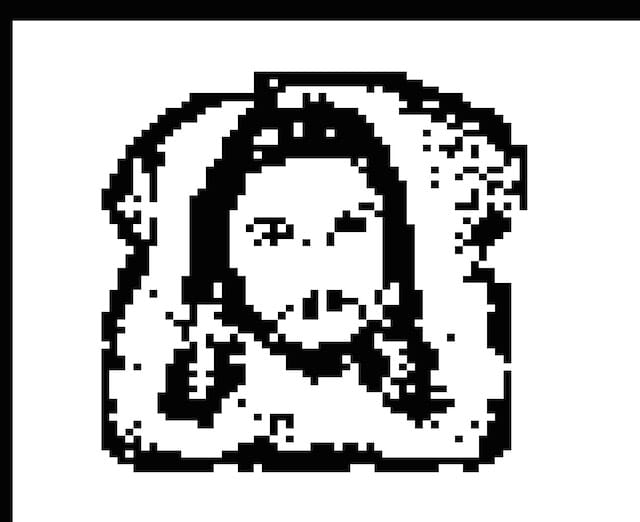
A page of teletext is composed of a 24 x 40 grid of blocks, created with an editing software such as CebraText. Each block may be filled with a character — whether a letter, a symbol, or simply a space — up to six pixels large. The color palette is also limited, featuring only eight colors (including black and white). To edit the blocks to specify the colors of their content, one has to insert a “control character,” which takes up its own space on the grid. While the proper way to display teletext pages is through the television, they may also be shown online through simple screen-grabs or through programs that mimic the actual service.
While the medium is limiting, the technical challenges are part of the reason why some artists enjoy turning to the outmoded software. “For my own part, I like the restrictions of working with teletext, and the fact it’s all a great big experiment,” UK-based artist Dan Farrimond told Hyperallergic. “As you might imagine, not everything translates well to the format, but it’s rewarding when something works.” Farrimond, who first started working with teletext as art for his university dissertation in 2008, has since created a Tumblr and a blog devoted to the medium to publish teletext images and related news.
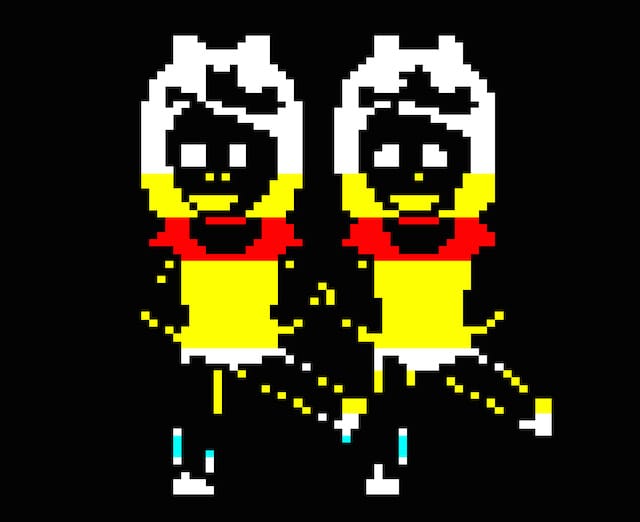
He also cites his affinity for its “’80s low-res video game aesthetics,” which reminds him of experiences with technology while growing up. Other artists embrace teletext out of nostalgia as well.
“I am not really interested in the technology of teletext, but the aesthetics of teletext have always been very attractive to me, back in the ’90s when I still watched television,” artist Kim Asendorf told Hyperallergic. “So teletext really feels like a part of my youth, and like the youth of digital technology.”
Today, the third International Teletext Art Festival opened in Berlin, an event spearheaded by Helsinki-based art collective FixC. Before the realization of the first festival in 2012, which drew artists through an open call for submissions, it was difficult for those interested in teletext to reach a wide audience and share their works publicly. The medium has since grown in popularity, and this year’s event features 15 participating artists, including Farrimond, Asendorf, Raquel Meyers, and Michaël Borras a.k.a Systaime.
“The teletext art community does seem to have grown appreciably … certainly, ITAF14 is set to be the biggest iteration yet,” Farrimond said.
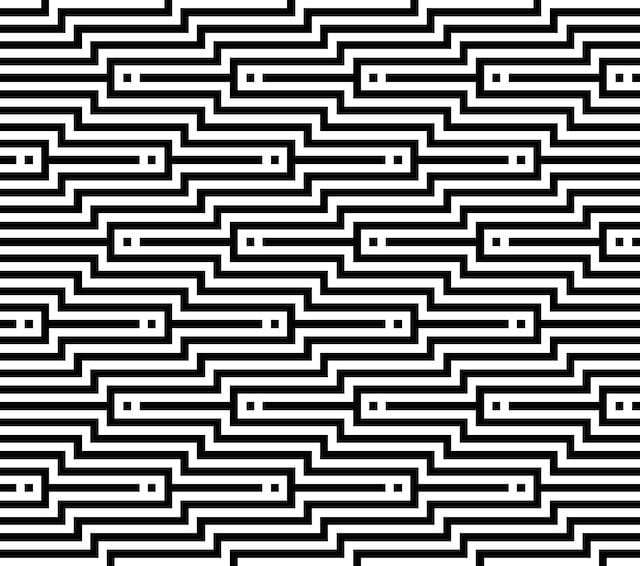
For those interested in creating teletext art, Farrimond has compiled a tutorial for CebraText, although it may be used only on Windows operating systems. Mac users, however, may attempt to emulate the process thanks to the folks at Lektrolab.
Teletext may be nearing the end of its days as an information retrieval service, but it is steadily gaining ground as a creative outlet especially due to initiatives such as ITAF. As Meyers wrote in an email to Hyperallergic: “How can it be dead when it has so much to reveal?”
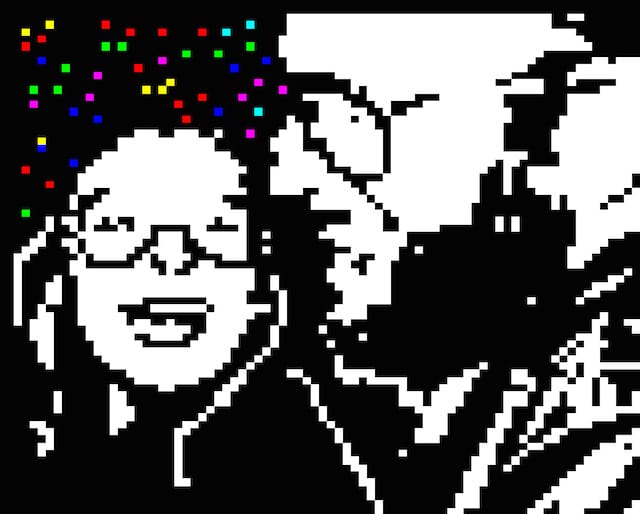

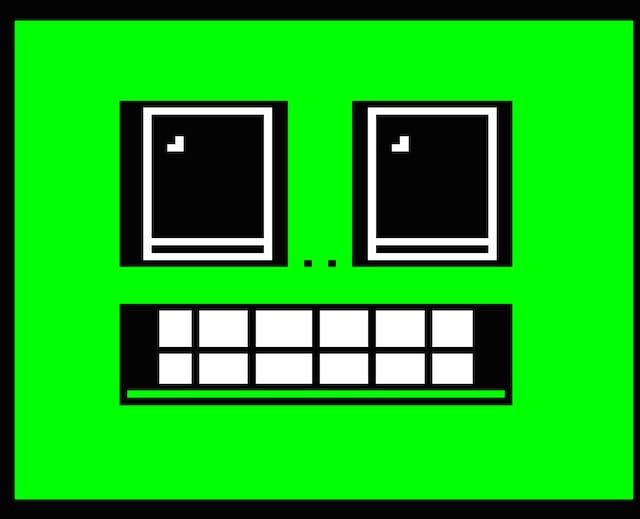

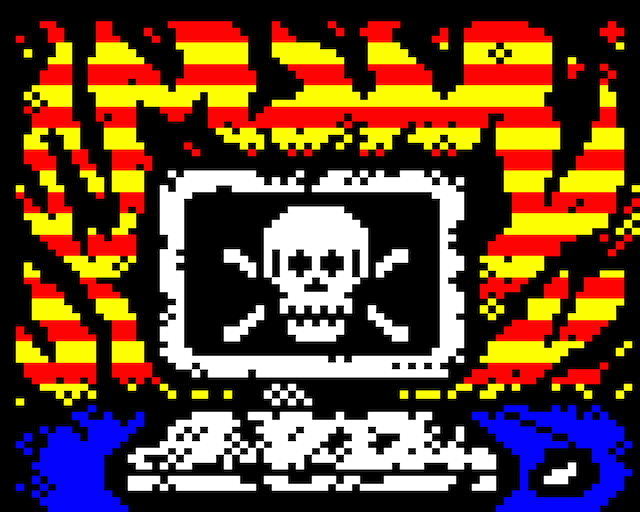
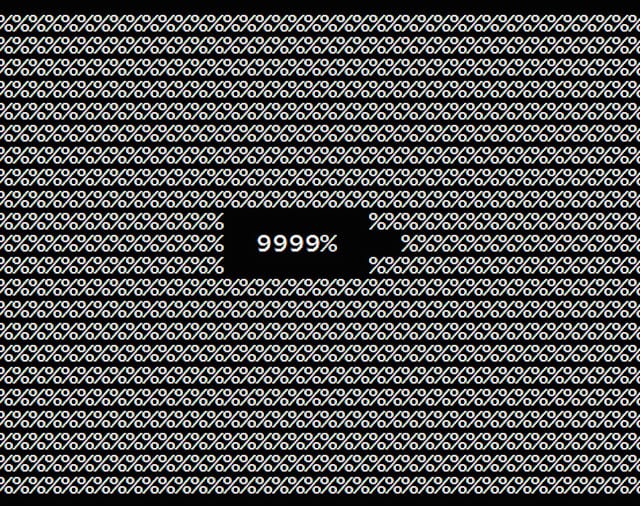
You can find more information on the International Teletext Art Festival at teletextart.com.




